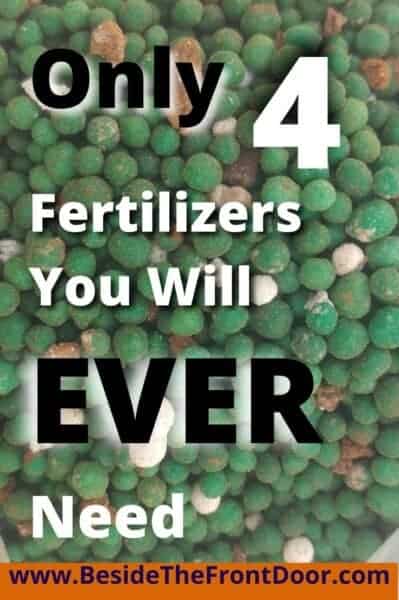I recently moved to Wilmington, NC, and have found gardening to be in a unique area called – Coastal North Carolina, including Wilmington, NC, Surf City, NC, Hampstead, NC, Myrtle Beach, and surrounding areas. Coming from gardening in zone 4 and in zone 7, I was excited to move to a warmer climate and expand what plants I can grow. It was quite a surprise to find that moving to zone 8 would actually cut out many plants that used to thrive for me.
Even more surprising was finding the special joys and challenges that were specific to coastal North Carolina. Here are plants that thrive in the area, and a few not to waste your money on while you are learning about this special place to garden.
Click Here to Find Out How To Find The Best Plant For you Every Time!
These plants do well in coastal North Carolina:
- Azaleas
- Buddleia
- Mediterranean Fan Palms
- Live Oak Tree
- Magnolia Tree
- Crepe Myrtle Tree
- Cannas
- Alocasia
- Colocasia (click here to read about elephant ear plants)
- Tradescantia pallida
- Agapanthus
- Coreopsis
- Dianthus
- Joe Pye Weed
- Gaura
- Lenten Rose
- Iris (Louisiana, Siberian & Southern Blue Flag)
- Spider Lily
- Plumbago
- Rosemary
- Sabal Palmettos palms
- Verbena
- Inland Sea Oats grass
- Miscanthus sinensis grass
- Muhlenbergia (Pink Muhly grass)
- Sweet Autumn Clematis
- Confederate Jasmine
Click on the links above to go to the Missouri Botanic Garden site to see pics, and the rest are my own pics below !
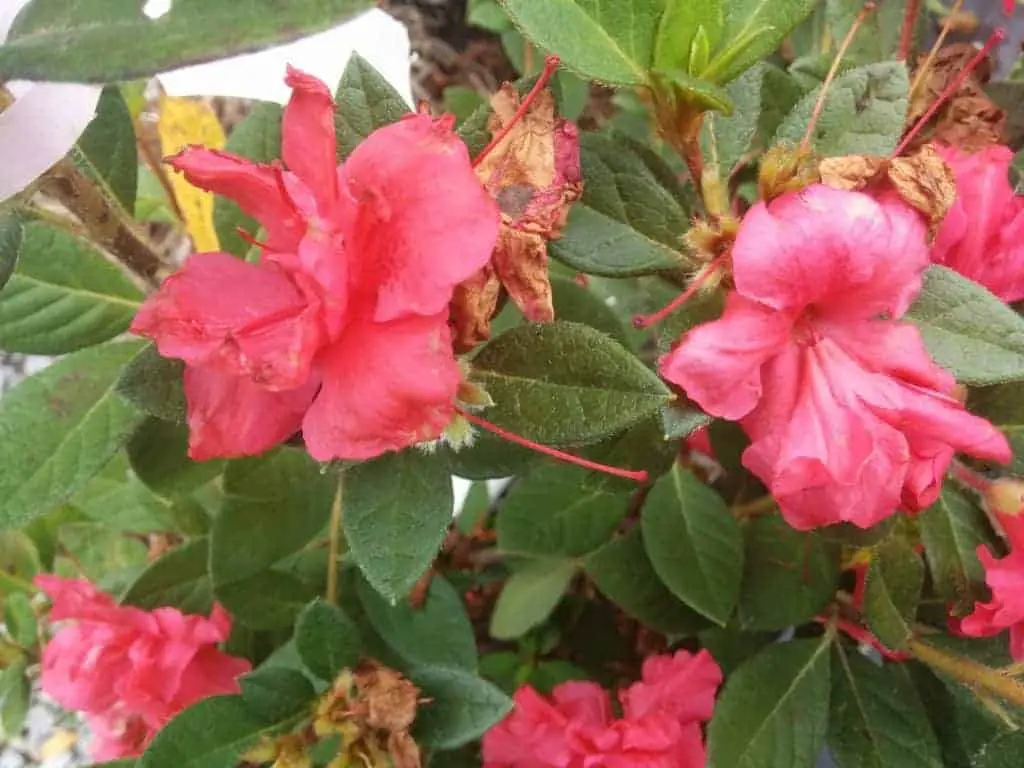
Azalea 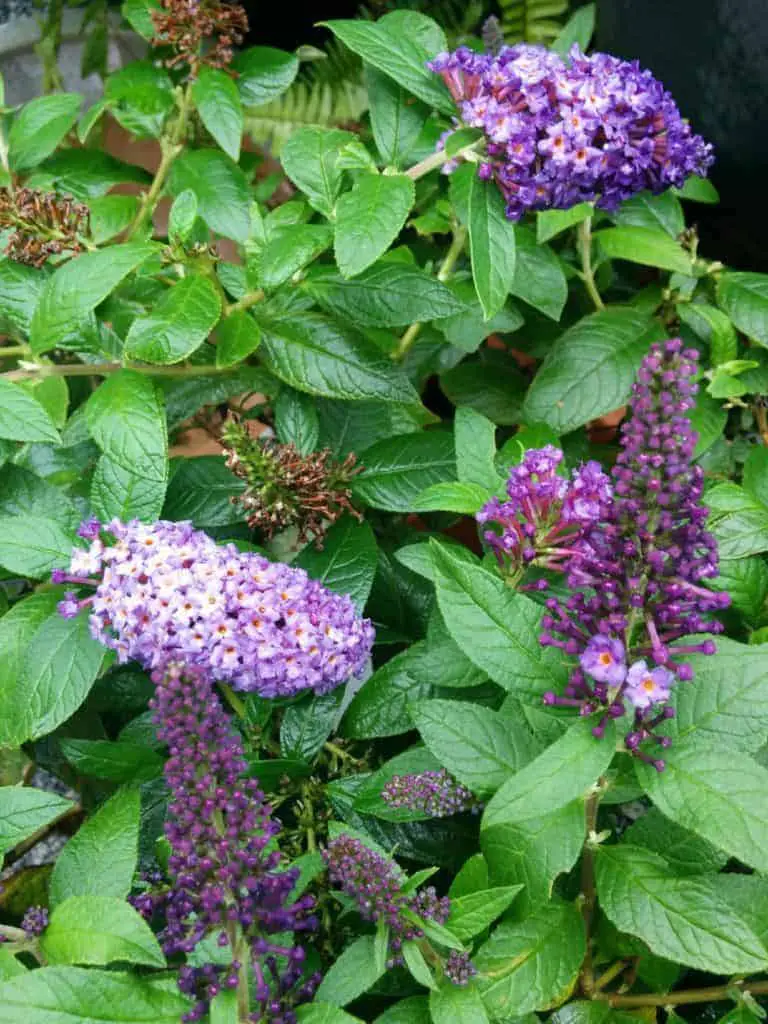
Butterfly Bush 
Butterfly Bush 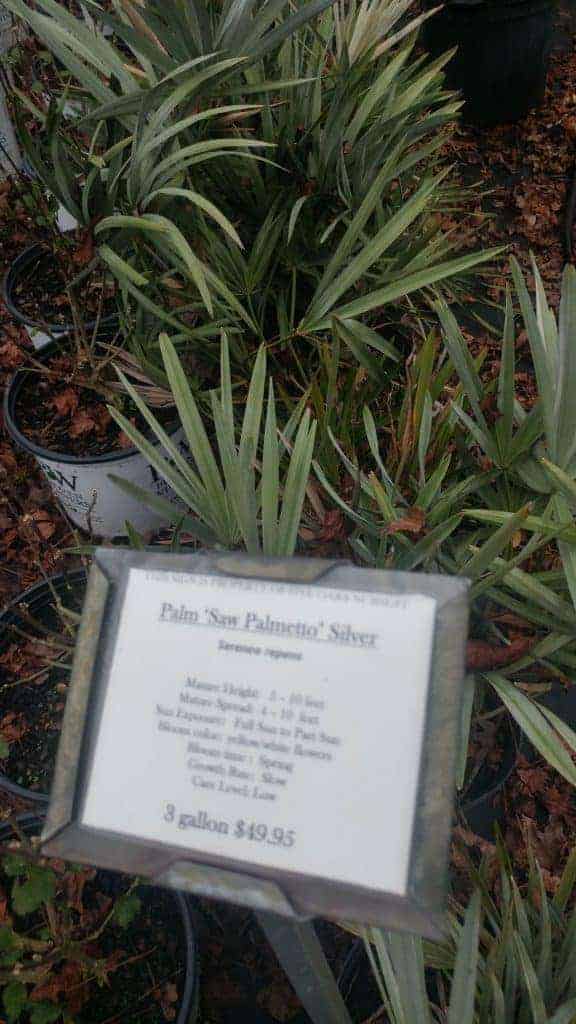
Palm 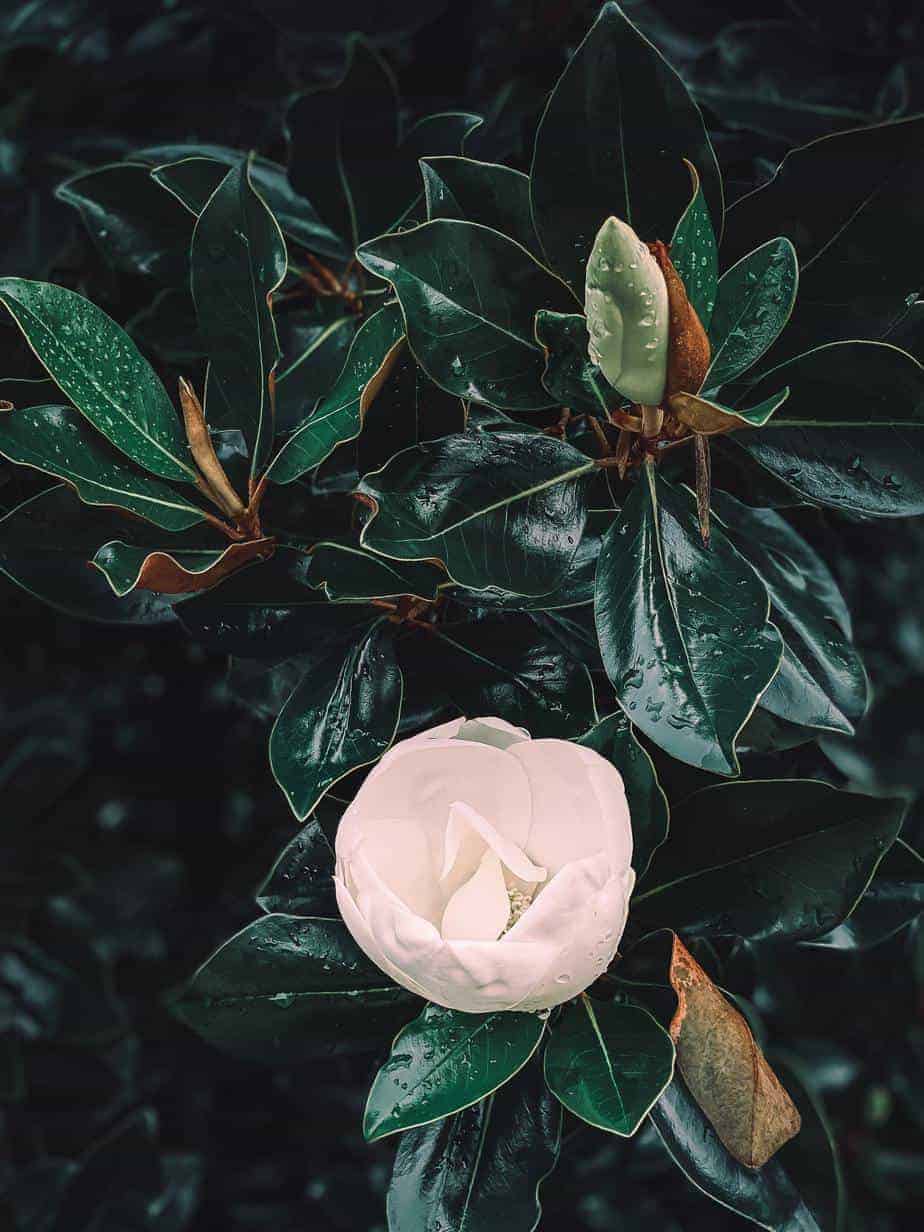
Southern Magnolia 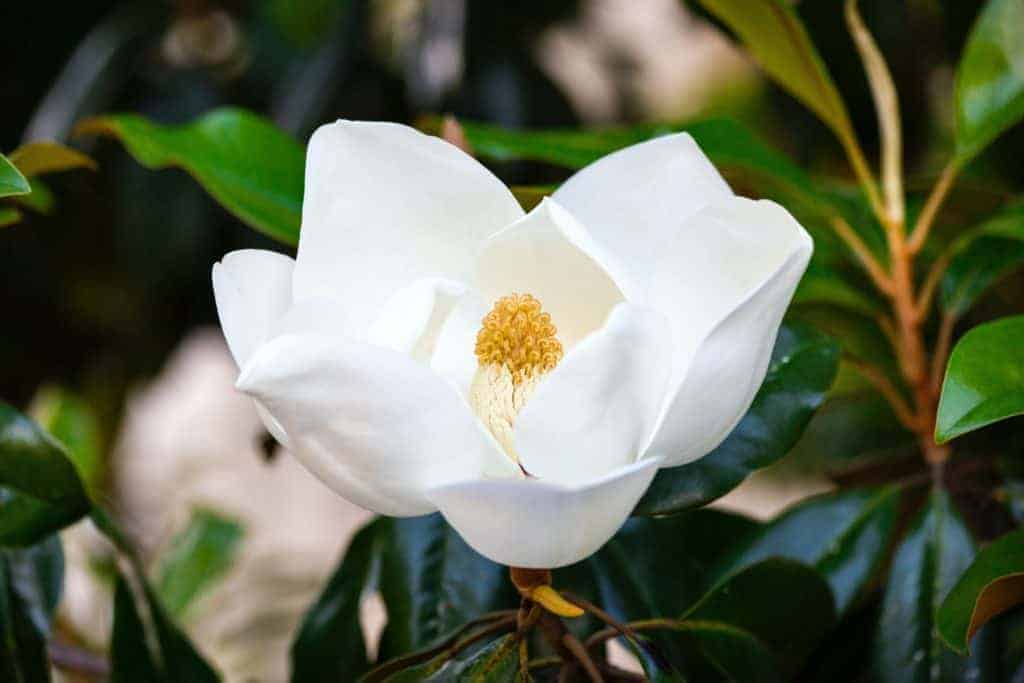
Southern Magnolia 
Crepe Mrtyle 
Azalea 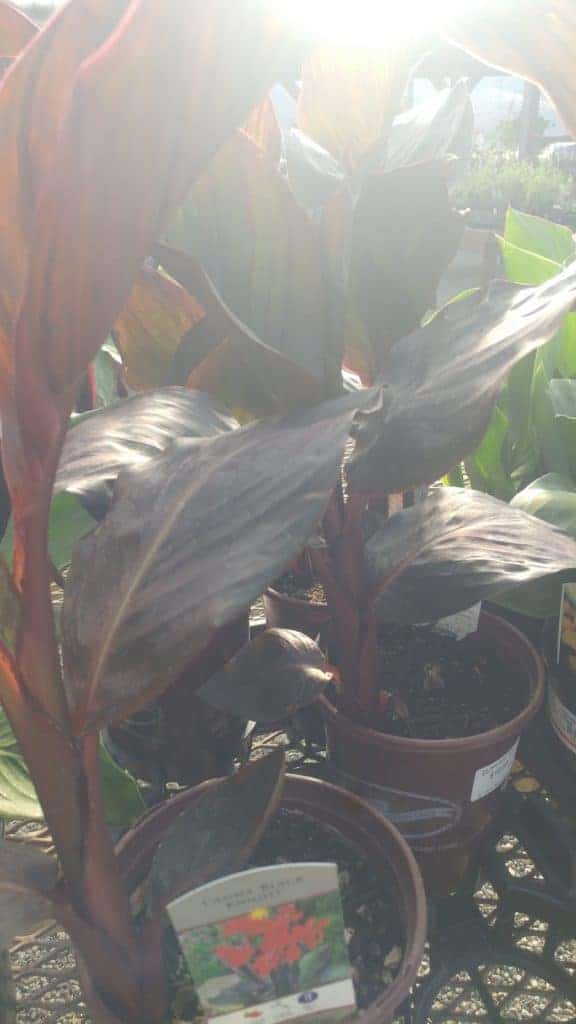
Canna 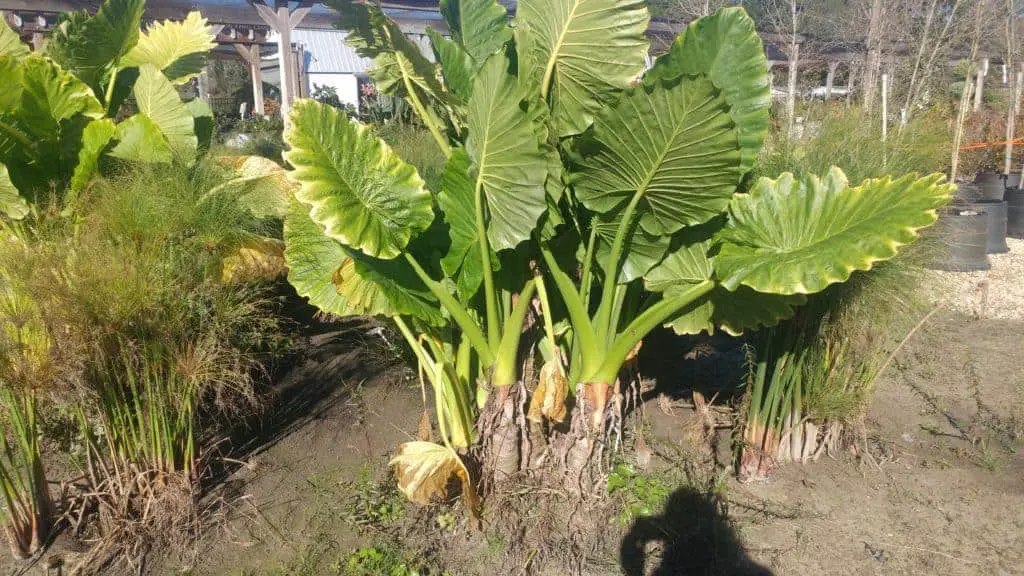
Alocaciahttps://besidethefrontdoor.com/growing-elephant-ears-which-one-where-how/ 
Tradiscancia 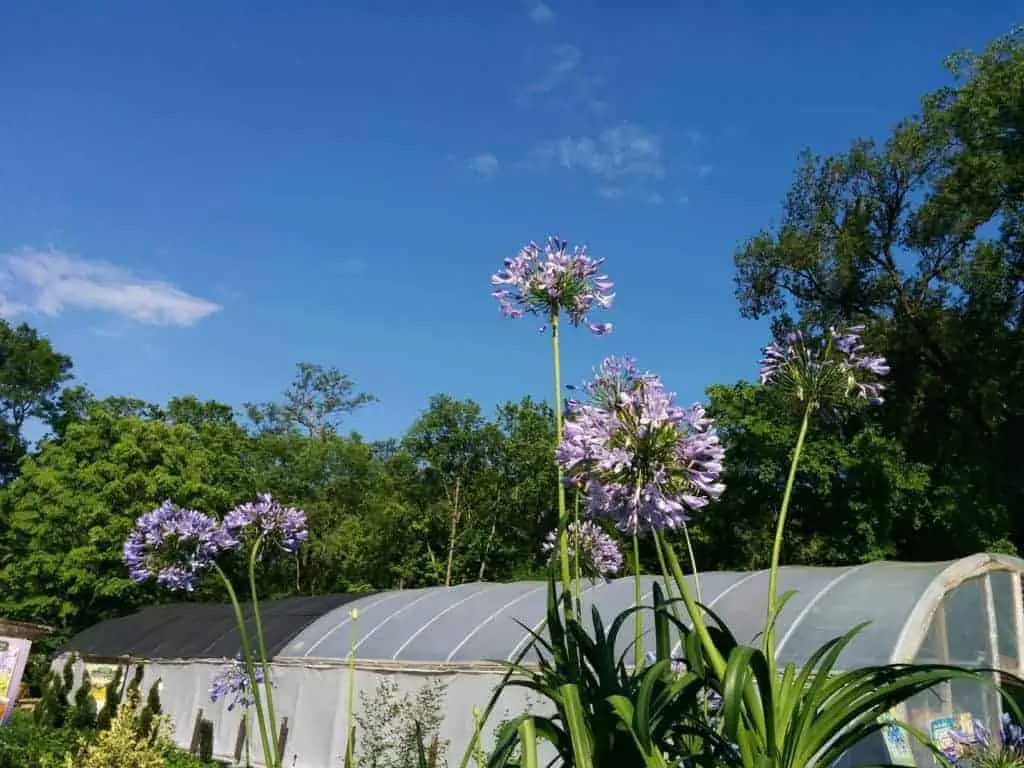
Agapanthus 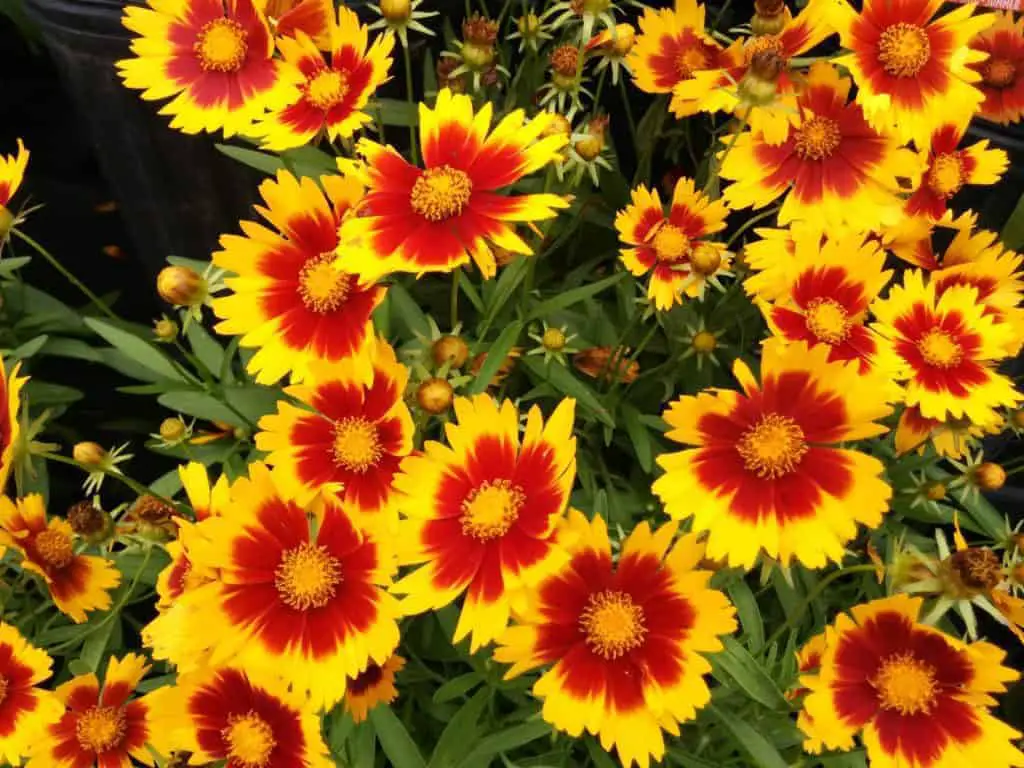
Coreopsis 
Lenten Rose 
Lenten Rose 
Lenten Rose 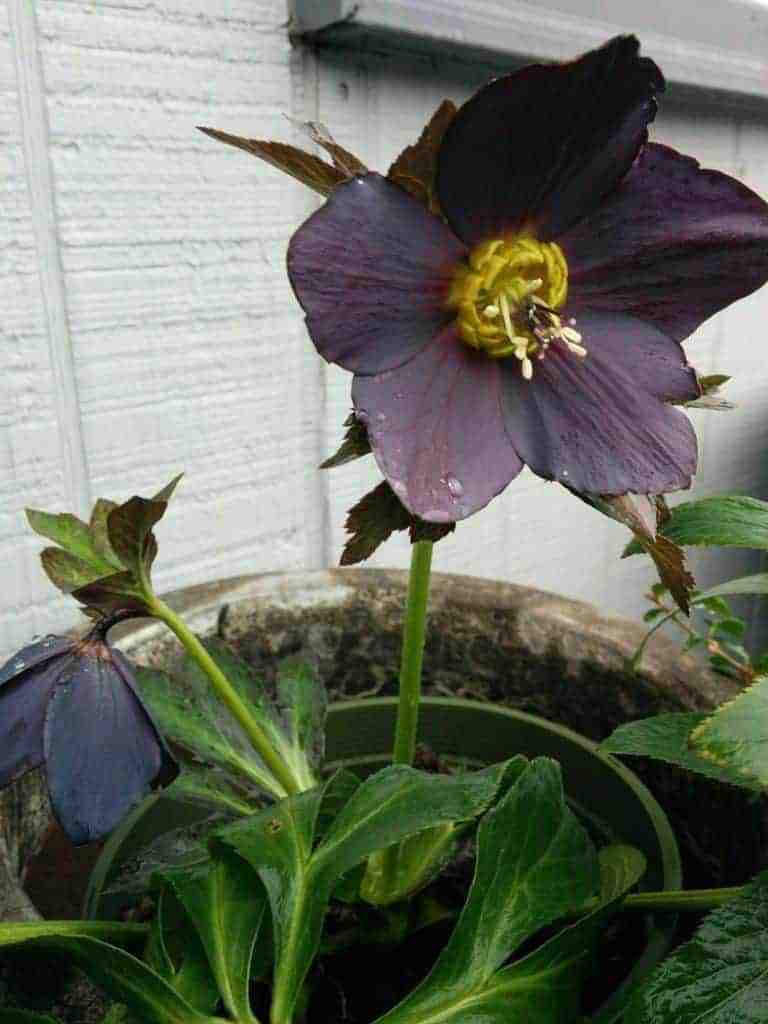
Lenten Rose 
Iris 
Plumbago 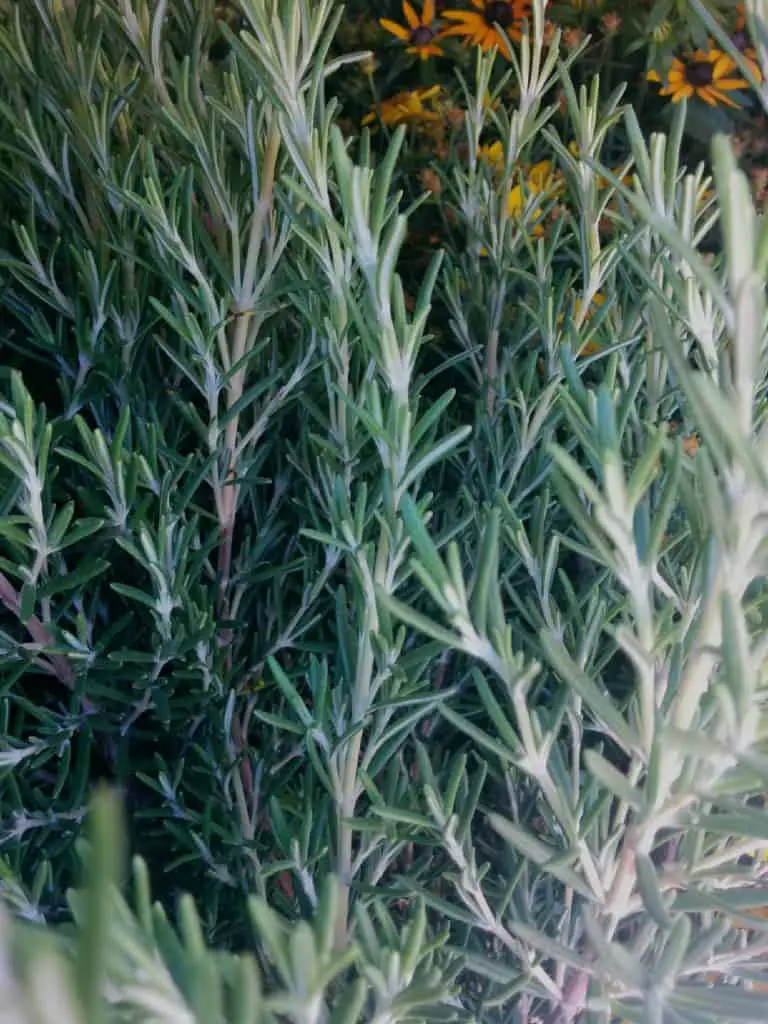
Rosemary 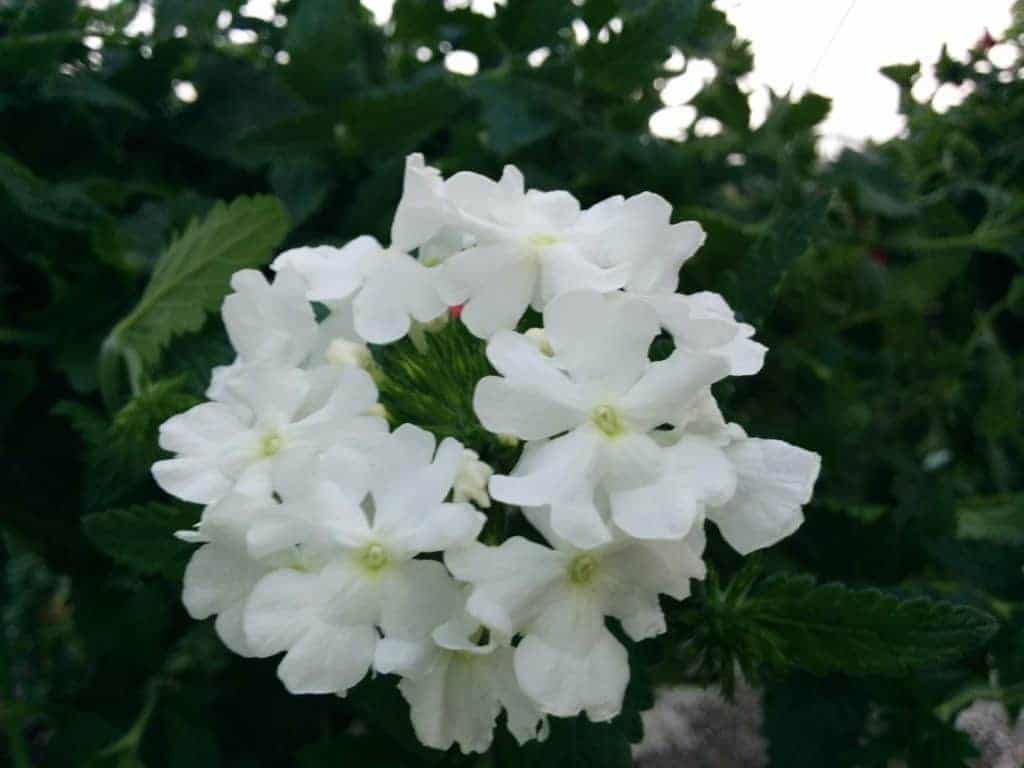
Verbena 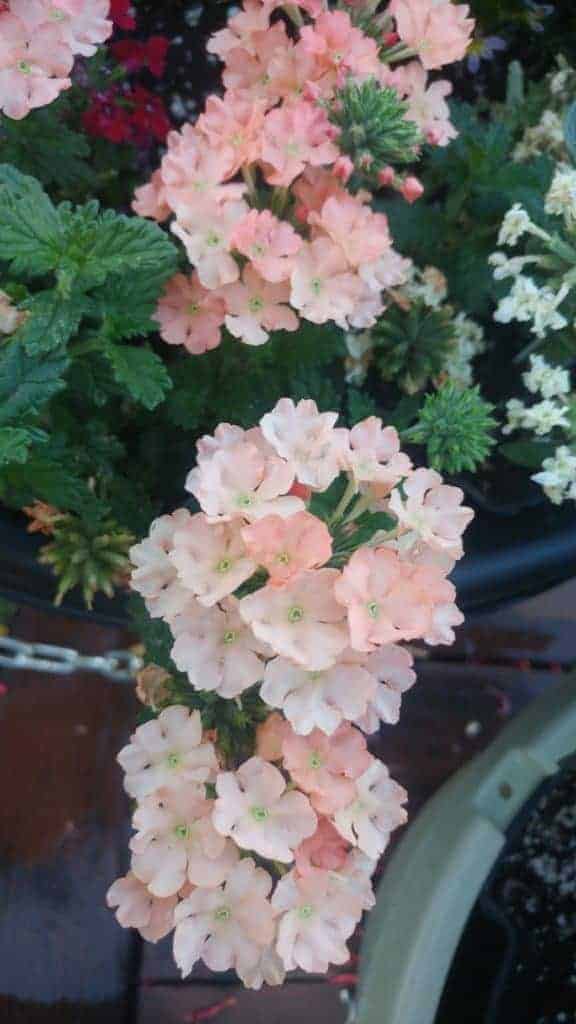
Verbena
A few plants you may need to leave for Northern gardeners when gardening in coastal NC are:
- Many apple varieties (check their chill hours requirements)
- Lady’s Mantle, Alchemilla mollis
- Delphinium
- Baby’s Breath
- Tulips
- Hyacinth
- Snowdrops
- Dutch Crocus
- Lavender
- Lupine
- Peony
- Papaver orientalis – poppy
- Lilac
The reasons behind these selections are many. The plants will need to tolerate:
- The particular ecology and soils on the coastal areas
- Frost (cold hardiness down to 10-15 deg F)
- The heat (heat tolerance)
- The humidity
- …and the wet winters.
This area has a lot of sand, almost pure sand in many cases, and despite the sand, it can be wet. And where you do not have sand, you have clay. Watch for high water tables, and areas that do not drain despite the sand. This is a great place to garden in raised beds! It does not get enough cold to freeze and damage roots in a raised bed, and you can control the organic matter and drainage. A win/win. I love a good win/win.
Until you build those raised beds, and for the foundational planting of trees and shrubs which will be planted directly in the ground, stick with some tried and true plants from the list above. Do experiment in future years, not your first season. I know you are eager to get landscaping the very first year, start with some known performers before pushing the boundaries with others.
A great resource I recommend is a book called – Garden Perennials for the Coastal South, by Barbara J Sullivan. You can get a copy from Amazon here.
Related Questions:
What growing climate & soils does North Carolina have?
Let’s look at the climate and soil’s definition, and then I will summarize below.
The specific ecological definition for this region is 63h. Carolina Flatwoods, click this link to go to NRC.gov’s site to read more.
Click here to see a PDF of only North Carolina Ecoregions map –
Click here to see a PDF of North & South Carolina Ecoregions map and definitions –
What growing zone is Wilmington, NC?
Wilmington, North Carolina is in USDA gardening hardiness zone 8A, with winter temperatures from 10 degrees F to 15 degrees F. Heat zone 7 (60-90 average number of days per year above 86 deg F) with further inland such as Wallace, NC is in heat zone 8 (90-120 days above 86 deg F)
There are 218-246 chill hours on average. Chill hours are important to determine if many fruit trees, such as apples, will be able to go dormant enough to produce flowers and fruit here.
What vegetables grow well in Wilmington, NC?
Most garden vegetables will do well here, however, you need to watch for powdery mildew on susceptible crops, such as squash. Vegetables you may think of as early spring; like peas, and spinach, grow best as a winter crop.
–
- Glenn Griffith, U.S. Department of Agriculture, Natural Resources Conservation Service; James Omernik, U.S. Geological Survey c/o U.S. Environmental Protection Agency; Jeffrey Comstock, Indus Corporation; ECOREGIONS OF SOUTH CAROLINA, Regional Descriptions; July 31, 2002
.




